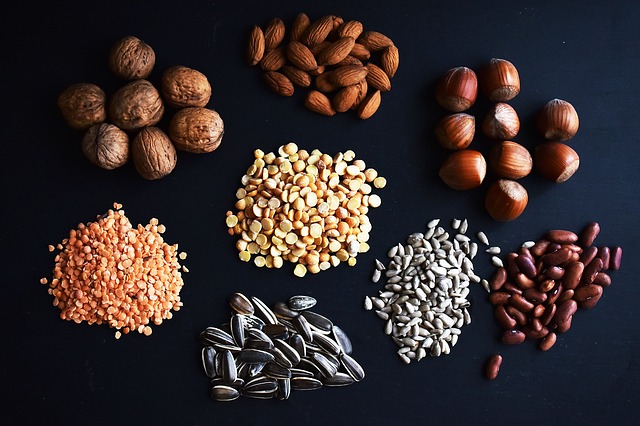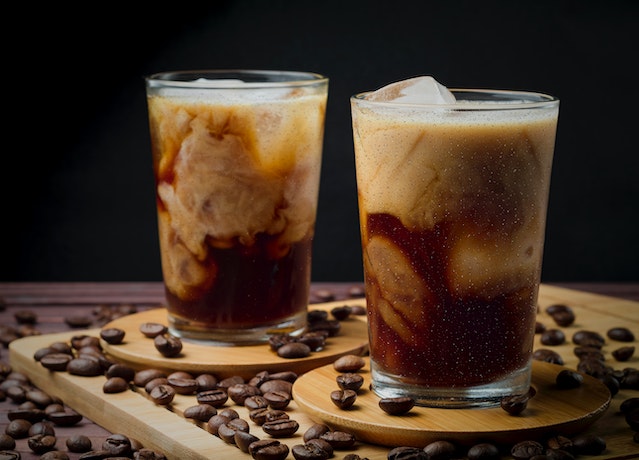Chestnuts may be one of the oldest nuts commonly used by humans. The chestnut tree was first introduced to Europe via Greece.
Most chestnut trees currently found in America are of native European stock, but Native Americans were familiar with the American variety long before European immigrants introduced theirs to America.
Most native American chestnut trees were destroyed by fungus in the early 20th century and since then most of the chestnut food crop is imported from Japan, China, Spain, and Italy.
The trees can live up to five hundred years and usually do not begin to produce fruit until they are forty years old.
Chestnuts are very high in starch and in fact have twice as much starch as potatoes. This puts them off limits for many grain free and starch free diets like the GAPS diet or the paleo diet (at least in the versions of paleo I found).
Nutritional Value of Chestnuts
Chestnuts are much lower in calories than other nuts. They are high in fiber. Their fiber content makes them a low glycemic index food — one that raises blood sugar slowly.
Chestnuts are exceptionally rich in vitamin-C. 100 g nuts provide 43 mg of vitamin C (72 % of DRI). Vitamin C is essential for matrix formation in teeth, bones and blood vessels. Being a strong anti-oxidant, it offers protection from harmful free radicals.
Chestnuts are rich in folates, (part of the B complex vitamins like green leafy vegetables), which is quite a unique feature for nuts and seeds. They are high in mono-unsaturated fatty like oleic acid (18:1) and palmitoleic acids (16:1).
Studies suggest that monounsaturated fats (MUFs) in the diet help lower total as well as LDL (bad cholesterol) and increase HDL (good cholesterol) levels within the blood.
Chestnuts are an excellent source of minerals such as:
- iron
- calcium
- magnesium
- manganese
- phosphorus
- zinc
- besides providing a very good amount of potassium (518 mg / 100 g).
Tips on Buying and Storing Chestnuts
When buying look for big fresh nuts. Since they are rich in starch and fewer fats than most other nuts, they tend to spoil rather quickly if exposed to air and excess humid conditions for a longer period.
To verify freshness, cut open some sample nuts and check for heavy, meaty, creamy-white kernel inside. Avoid those with greenish mold developed between the folds, the kernel and its outer shell. Store in the refrigerator for several weeks until used.
I am able to purchase chestnuts from my local farmer here in Pennsylvania who still has some healthy chestnut trees. Because these trees do grow in a wide variety of climates I would suggest first looking in your local area to see what is available from a local farmer.
Nuts.com has chestnuts along with most other types of nuts.
Recipes and How to Use Chestnuts
A classic – Roasted Chestnuts
Chestnuts Online has a whole list of recipes, including chestnutted wild rice, cream of chestnut soup, chesnut and honey cornbread, and a number of chestnut desserts.
Martha Stewart even has a recipe for chestnut stuffing.
- Are Pasteurized Almonds Good or Bad? - January 31, 2022
- Nutrition of Peanuts - November 20, 2013
- Happy With Hickory Nuts - November 13, 2013



Here is another chestnut flour recipe from Brittany at Real Sustenance- http://realsustenance.com/mini-gingerbread-breakfast-cakes-glutengraindairysugar-free/